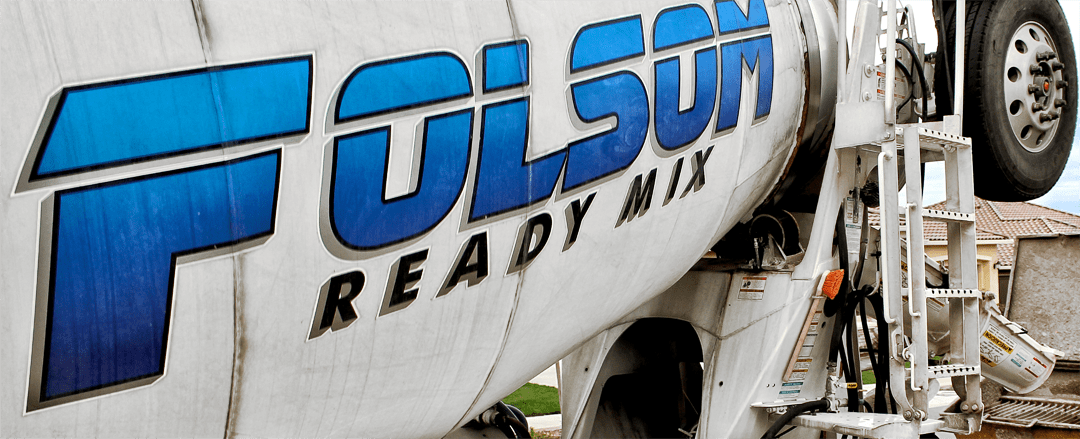For those working with concrete during the cold weather months, proper execution of cold weather concreting is essential. In our last article in this series, we covered what cold weather concreting is and why it’s important. To prevent damage to concrete, cracking, and decreased strength of concrete, we have compiled a guide on how to place concrete in cold weather.
Preparation
Preparation and planning is critical when pouring concrete in the cold. It is important to be mindful of surfaces that will come in contact with concrete prior to placement. Care should be taken to make sure that any surface that will be in contact with the newly placed concrete is at temperatures that cannot cause early freezing or seriously prolong set time of the concrete. Typically, these surfaces do not need to be more than a couple of degrees higher than freezing. In addition, plan and decide how you’ll be protecting the fresh concrete from freezing and how you’ll be maintaining temperatures above the recommended minimums ahead of time. You should then have the equipment and materials, such as tarping or blankets, at the work site before the cold weather hits. Being prepared will be an integral advantage in the cold weather concreting practice.
During Placement
During cold weather, concrete mixing temperature should be controlled using hot water if necessary so that when the concrete is placed its temperature is not too low for the conditions and the application. According to the American Concrete Institute (ACI), the more massive the concrete section being poured, the slower it loses heat; therefore, lower minimum placement temperatures are recommended as concrete sections become larger. In a section of 12” or less the minimum recommended concrete temperature is 55 F (13C). For air temperatures above 30 F (-1 C), it is recommended that the concrete temperature be a minimum of 60 F (16 C).
After Placement
After placing concrete, steps must be taken to protect concrete from early age freezing, as well as overheating. Insulate or heat newly placed concrete in all sections of the concrete cast. This can be done with the use of curing blankets, or directed heat. This coverage or protection should be adequate to achieve the temperature and moisture conditions required. Refer to project or industry specifications for guidelines on how long these protections should be kept in effect. Remember that concrete corners and edges are vulnerable to freezing. It can be difficult to maintain the recommended temperatures in these areas. You’ll have to monitor the temperatures and then assess what protection can be added and provided. Finally, use of experience and good judgment comes into play when it comes time to strip forms and remove blankets. Try to gradually equalize the concrete temperature with the ambient conditions to avoid any “shock” to the in-place concrete. Any rapid changes in temperature can be harmful to the quality of the finished product.
Here are the cold weather concreting guidelines as outlined by the National Ready Mixed Concrete Association (NRMCA):
- Use air-trained concrete when exposure to moisture and freezing and thawing conditions are expected.
- Keep surfaces in contact with concrete free of ice and snow and at a temperature above freezing prior to placement.
- Place and maintain concrete at the recommended temperature.
- Place concrete at the lowest practical slump.
- Protect plastic concrete from freezing or drying.
- Protect concrete for early-age freezing and thawing cycles until it has attained adequate strength.
- Limit rapid temperature changes when protective measures are removed.
Cold weather concreting can be a tricky process. If you have a professional, that understands what they are doing and how to complete the process effectively, your results will be noticeably better.
Are you planning a project that includes a cold weather concrete pour? Do you have more questions on the process? How can we help? Contact us today: (916) 851-8300



